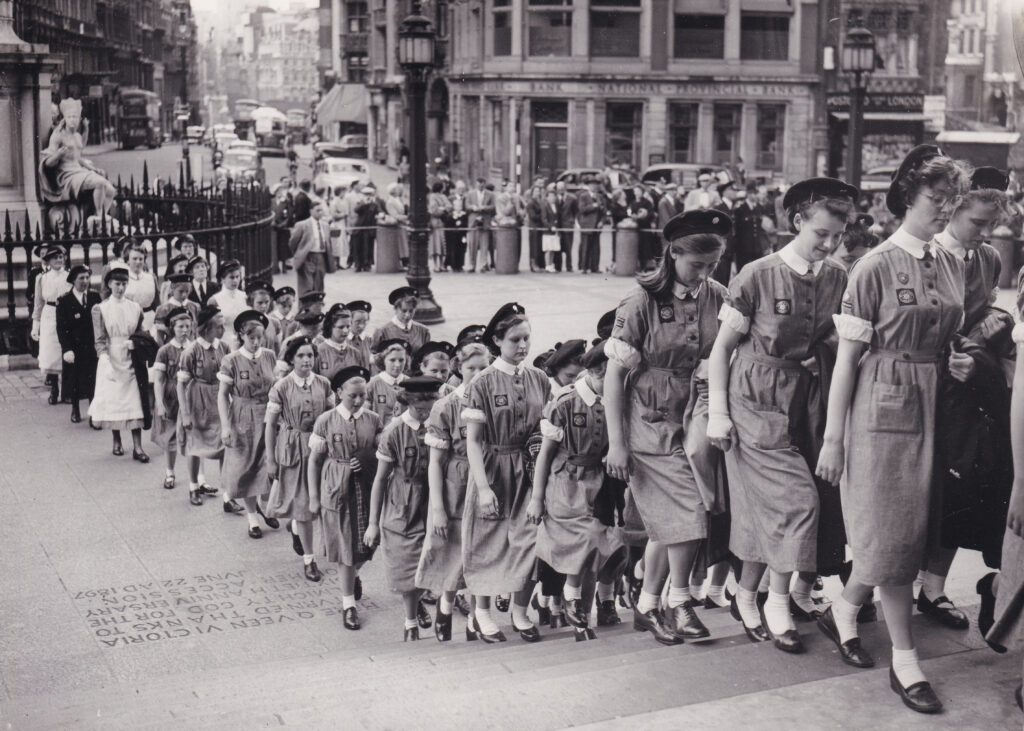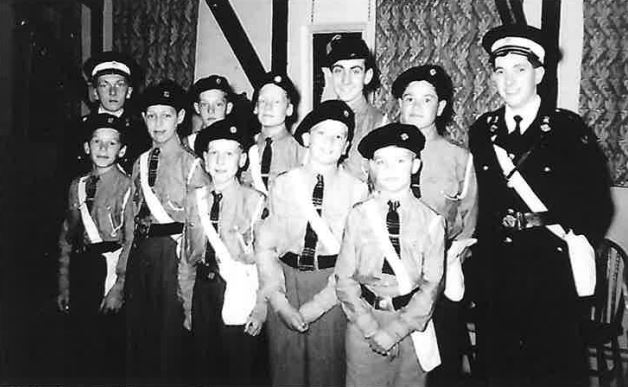Transcript
First of all the uniform, the hat was a beret. And then there was a grey shirt which had breast pockets with St John buttons. It had epaulettes which buttoned down. There was a corded white band that went round the shoulder on the left-hand side, and the cord went down to the left-hand breast pocket. There was a black and white knitted tie. A haversack which one wore on the left-hand side, a white haversack going across the chest, and it was tucked in to a black belt with a silver buckle. So yes that was the uniform. The problem was of course, when it was wintertime, you had to wear a coat on top, so nobody could see your uniform apart from the hat, if you dare wear it without it being a part of the rest of the uniform. So when I went to the duties on a Saturday, if it was wet I would put my mac on and wear my hat on duty, but take it off on the way home to get on the bus. People who became non-commissioned officers, the NCOs, the Cadet Sergeants and Cadet Corporals would have their two stripes, three stripes on their arm on the shirt.
I felt quite happy. It was quite a nice warm thick shirt. The only trouble was it needed frequent washing. The shirt that I had didn’t have the previous generation’s Cadet uniform shirt, which had a great big thing that sort of buttoned over the front, and it had a black lining to the edge of it. The problem was that the black lining used to run. So if you look at the shirt as it was in my day, it was fine. But if you looked at some of the older Cadets who still had the old-fashioned shirt, they had this thing that buttoned across the front of the shirt, but the lining of it, the edging of it, the colour used to run and it looked awful. But no, I was quite happy with that uniform.


